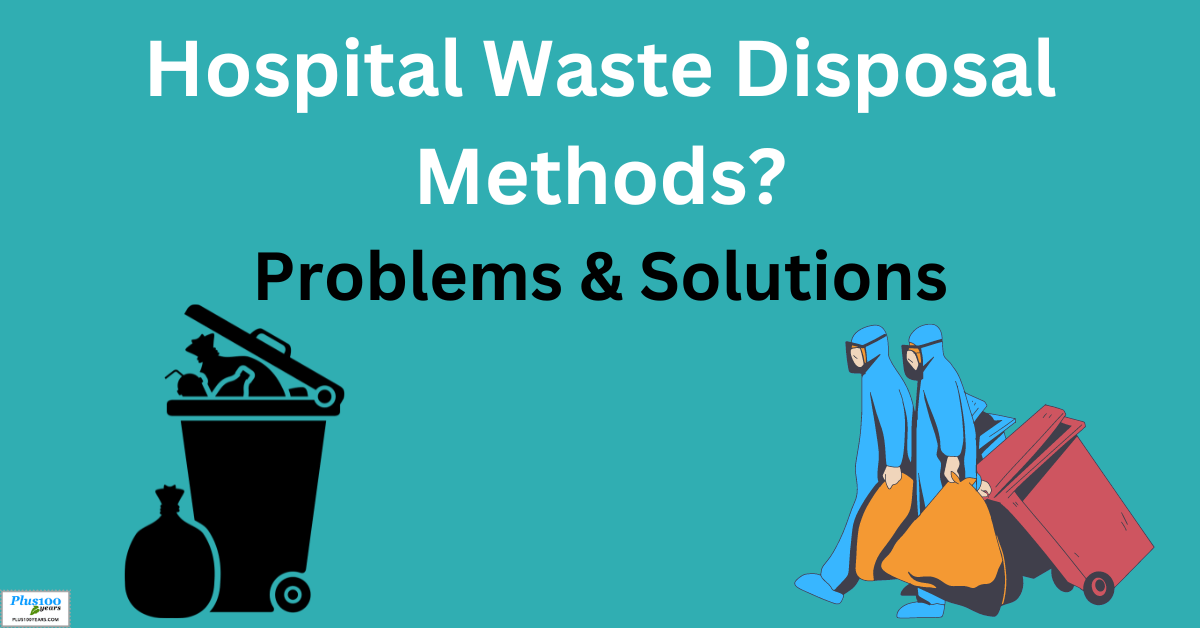
Clinical waste is a major problem that we are facing from day to day. It is basically anything that comes from the medical field, including blood, urine, and other body fluids.
This waste has to be handled properly in order to prevent any contamination of the environment and to protect the health of people who live nearby.
Introduction To Clinical Waste
Clinical waste is any waste that comes from medical or health care professionals. This includes everything from used needles to surgical gloves. Clinical waste can be very dangerous, and can contain a lot of harmful bacteria and viruses.
There are many ways to improve the way clinical waste is handled. One way is to create specific guidelines for each type of medical or health care professional. This will help ensure that all clinical waste is properly disposed of.
Another way to improve the way clinical waste is handled is to install facilities for processing and disposing of this waste. This will help reduce the amount of hazardous material that ends up in landfills.
Problems with Clinical Waste
There are many problems with clinical waste. By definition, clinical waste is any medical or hospital waste that is generated during the course of providing healthcare. This includes items such as used bandages, syringes, needles, and other medical equipment.
Clinical waste can contain dangerous pathogens and chemicals. It can also contain heavy metals, which can be harmful if they get into the environment. Clinical waste often ends up in landfills, which creates environmental pollution and health risks for residents nearby.
Improving clinical waste management can help address these problems. There are a number of ways to do this, including developing more efficient procedures for generating and disposing of clinical waste.
Additionally, hospitals and clinics can work to reduce the amount of clinical waste they produce in the first place.
Solutions to the Problems with Clinical Waste
Clinical waste is a term used to describe all the medical waste that is generated during the course of clinical care. This waste can contain everything from blood and tissue samples to unused medications.
Clinical waste can present a number of problems for hospitals and other healthcare facilities.
One good solution for protecting the environment and the health of people is Clinical waste bags.
These clinical waste bags help to prevent cross contamination between different patients, and can be used to collect any medical waste that is generated during a treatment or procedure.
They should be disposed of in appropriate facilities, such as landfills or incinerators, in order to protect public health and the environment.
There are other several ways that hospitals can reduce the risk posed by clinical waste. First, they can keep track of where each item in their waste stream is going.
This will allow them to identify any areas where they need to clean up hazardous materials. Second, they can create systems for properly disposing of hazardous materials. This will minimize the chance that these materials will end up in the environment or on site staff.
Conclusion
Clinical waste is a problem that has been plaguing the medical industry for years. The sheer volume of this waste makes it difficult to properly dispose of and manage, which can lead to serious environmental consequences.
There are many ways that clinics can improve their clinical waste management practices, but the most important step is always to start with prevention.
By understanding the problems and learning how to prevent them, clinics can begin to address the root causes of clinical waste and make meaningful progress on improving their overall health and environment.

Add new comment